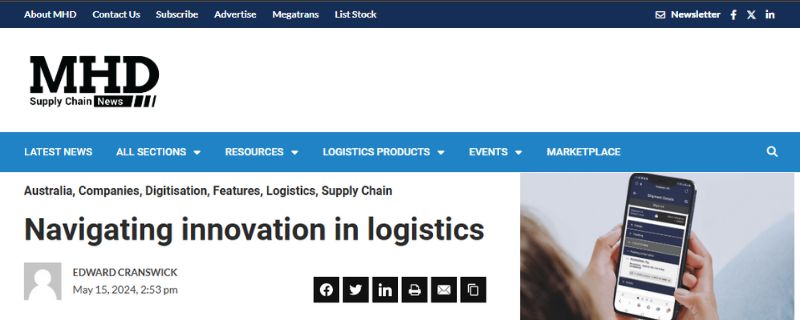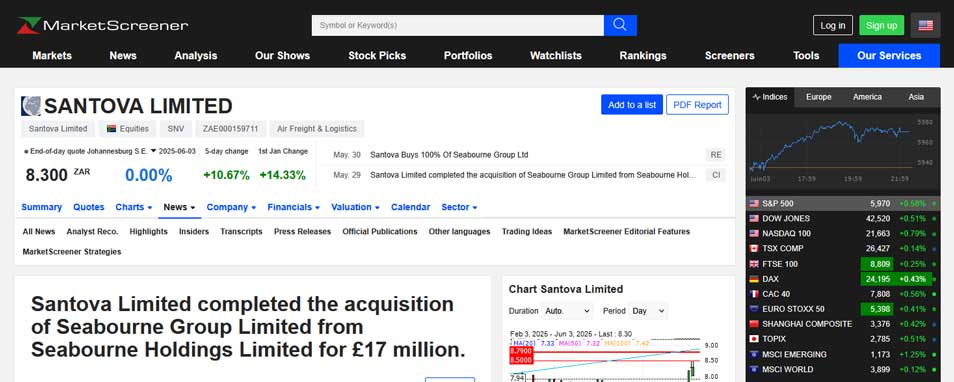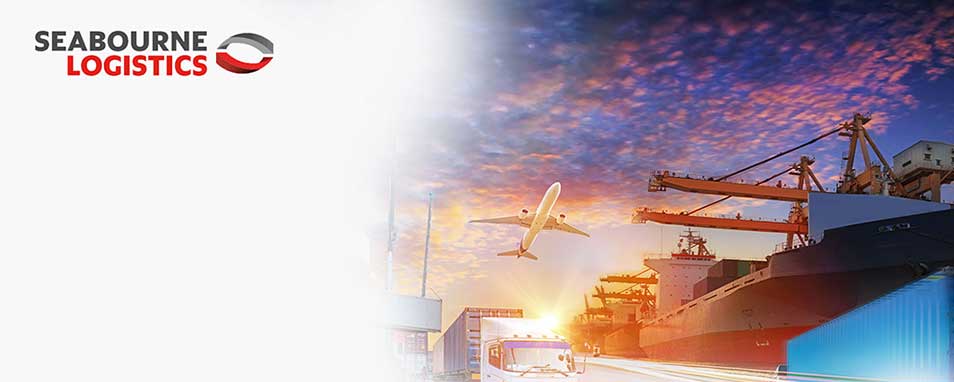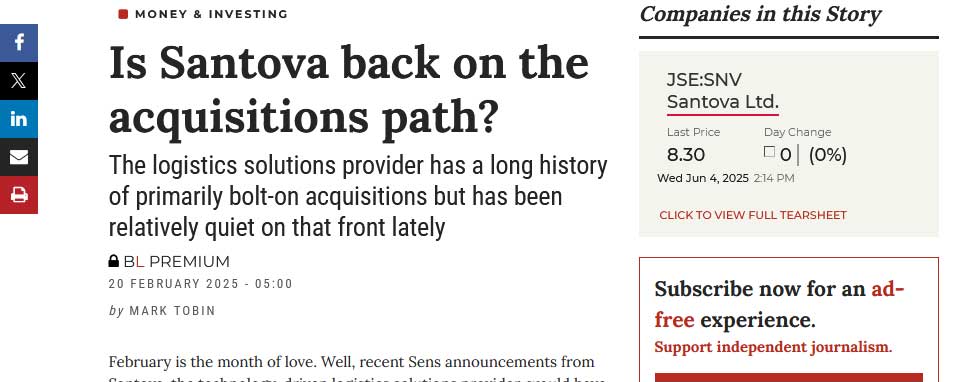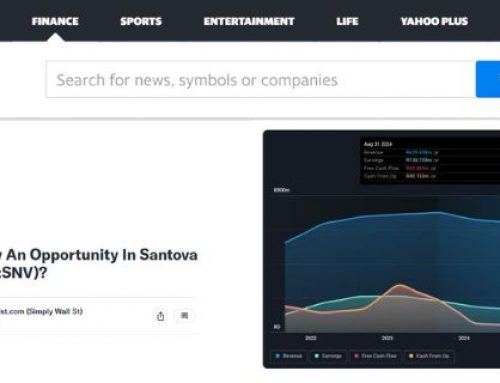By MDH Supply Chain, Published May 15, 2024
Navigating innovation in logistics
In the world of freight forwarding, Santova stands out by leveraging its unique blend of technology, personal service, and global network. Arne Walter, Regional Director at Santova Logistics, sheds light on how the company’s strategic adaptations are steering its success in a dynamic logistics industry.
In the rapidly evolving logistics and freight forwarding landscape – characterised by digitalisation and vertical integration – Santova’s approach remains robust and innovative. “Platforms seem to dominate many industries today from food services to freight forwarding,” says Arne Walter, Regional Director at Santova Logistics, highlighting the increasing presence of digital forwarders.
However, Arne points out the limitations of these models, especially when disruptions occur: “But who do you actually talk to if something goes wrong? These platforms often lack the human touch that is so important in our business.”
Santova’s strategy involves a proprietary technological solution known as TradeNav, a testament to their commitment to maintaining a competitive edge.
Arne explains: “We have developed our own visibility solution—TradeNav—that is available to all our customers in a desktop or mobile-friendly version.” The recently launched update includes an AI-powered predictive ETA tool, using machine learning to anticipate ETA changes, thereby enhancing shipment visibility and forward planning capabilities.
In times of frequent supply chain disruptions, Santova’s technology plays a crucial role.
“Reducing lead time variability is a very powerful tool to enhance supply chain management and inventory management in particular,” Arne notes, adding that this visibility allows customers to implement contingency plans effectively.
“While our visibility solutions cannot change the fact that vessels might be delayed, having visibility of the fact, days or even weeks in advance gives our customers an opportunity to put contingency plans into action and buffer these lead time variability effects.”
The conversation shifts towards the impact of vertical integration – where large box carriers internalise freight forwarding functions. Arne elucidates their distinctive position: “While large shipping lines have acquired third-party logistics assets, focusing on medium-sized customers through our strong international network allows us to provide personalised solutions.”
This strategic focus is supplemented by a dedicated team, as Arne highlights: “Each customer has an account manager who looks after all operational aspects of the relationship, gaining intricate knowledge of our customers’ business over time.”
Discussing the relevance of human elements in the digital age, he notes that the human factor remains indispensable: “The investment in our people is aimed at fostering expertise and adaptability. It’s our people who drive innovation, solve complex challenges for our customers, and provide personalised services.”


